To achieve a healthy diet, you must choose your food wisely. For meat lovers, you must get the freshest selections in the market. You have to go through the different classifications available and consider the recipe you’d like to cook. Although there are many types that you can choose from, picking a good one might be challenging.
Moreover, weight watchers are also sensitive when it comes to eating the right food. They consider the cholesterol count, the classification, texture, and so on. But whether you’re health-conscious or not, there is no doubt that we all need to consume clean and healthy food, especially brawns. From chicken to pork to beef, we should make sure that we always get the best cuts.
Before you head on to the market, you must know what to consider when buying beef, pork, or poultry. Below are some helpful techniques to help you which type of food fleshes you should buy for a better and healthier life.
Contents
Check The Label First
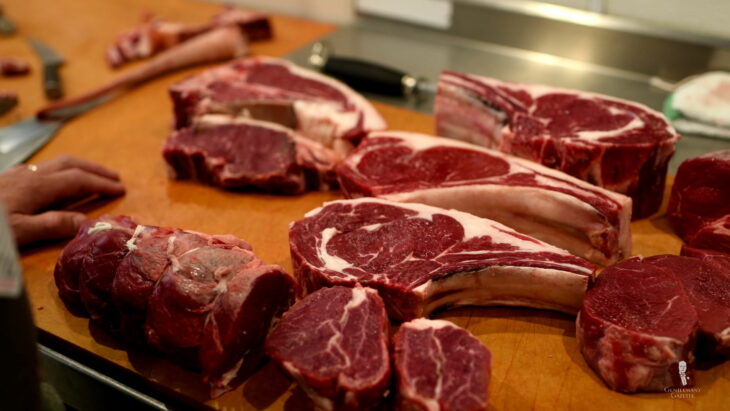
Source: gentlemansgazette
When considering these food flesh nutrients and freshness, you can count on the package label. Labels also specify what type you’re about to buy, such as pork, beef, or lamb. Some merchants, like Exotic Meats And More, follow the right packaging and labeling process for the foods they sell, helping consumers find the right kind for their needs.
Aside from identification, the label on the packaging also states its price, weight, and safe handling methods. Others have nutritional info that helps you decide which meat is the healthiest option. Lastly, some labels include where it came from and the company that manufactures them. In case of a complaint, you can easily reach out to these people.
Getting Into The Right Cut
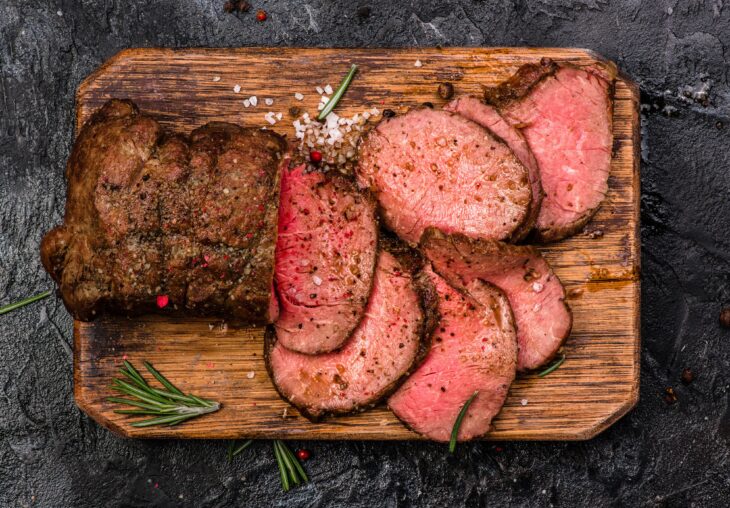
Source: menshealth
The cut refers to the part of the animal where it is extracted. There are different kinds of cuts available in the market. However, if you’re looking for a good one, you should pick the rib, loin, or rump (a part that came from the back of the animal). These cuts are more tender compared to the flank, legs, and shoulder of an animal.
Moreover, the cuts that come from the back of the animal are much more in-demand even though they come in smaller portions. They are a bit pricey compared to the other parts, but you can guarantee that they are tasty, fresh, and good for your health. They are also easier to cook since they’re tender quickly, giving you a wide range of recipes to cook.
Good Appearance Attracts
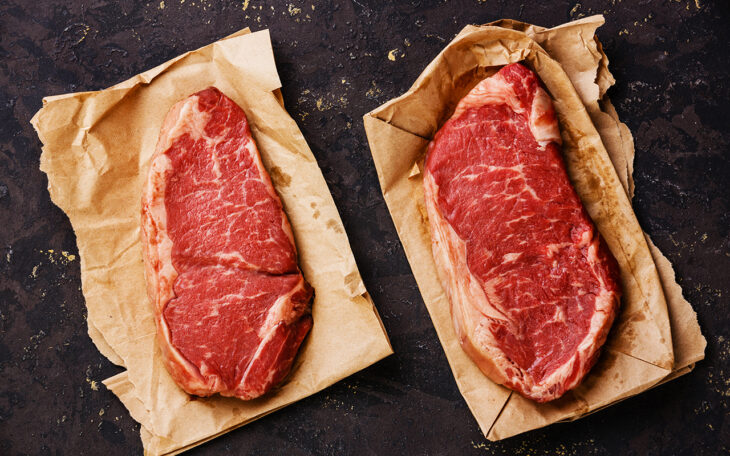
Source: tasteofhome
After scrutinizing the label and examining which is a good cut, consider the appearance. When cooking any recipe with meat, always remember that the one you should pick has strong flavor, juiciness, and tenderness. Hence, choose the one that is free from discoloration, feathers, or bruises.
Apart from that, it should have no tears in its skin and doesn’t immediately dry out upon cooking. For poultries, the flesh should look full and meaty. The surface must have the right moisture where it is not too wet and too dry upon cooking. Lastly, there should be no trace of blood inside the packaging.
Color, Smell And Firmness Counts
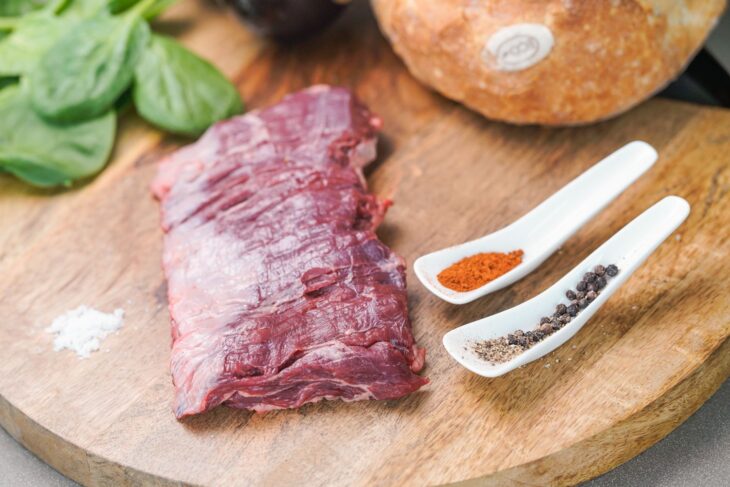
Source: thespruceeats
For all types of flood fleshes (except poultry), the color should be bright red. If it has a lighter color, has other colors, or both, then it’s no longer fresh. This discoloration occurs when the red pigment is destroyed, resulting in a greenish, grey, or brown shade.
When it comes to smell, fresher one would smell a bit acidic. When the odor is stale, there’s a high chance it has been sitting there for a long time. Hence, it is important to smell the meat before you add it to your cart.
Another method of determining freshness is through the firmness. Your chosen flesh should neither be too tough or too soft. You can assess it by poking the meat. When you press, it must come back to its original form. If it remains deformed, then it is no longer fresh. Here are the detailed specifications of freshness per meat type.
Beef
Fresh beef cut should come in a bright cherry tint. If it’s sealed and packed in a bag, then it should be dark purplish-red. If it’s exposed to the natural elements, it should be bright red. Moreover, there’s a big difference between ground beef and whole flesh.
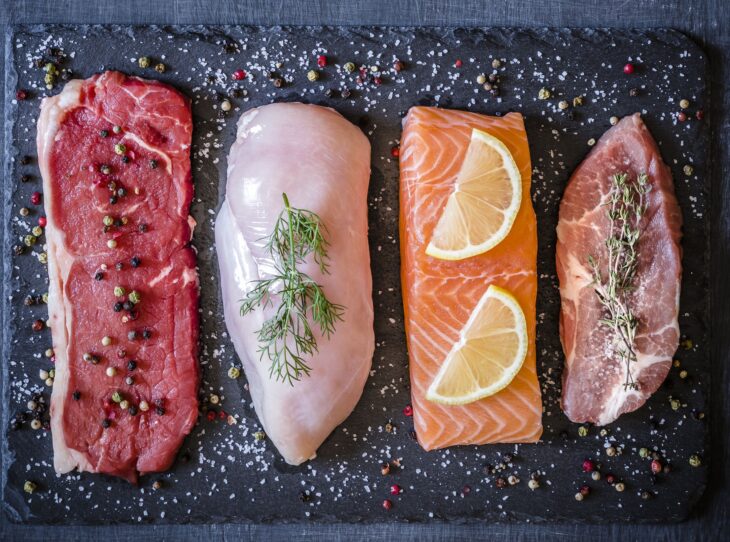
Source: countryliving
Lamb
A soft pink or red indicates fresh and tasty lamb. Additionally, its surrounding fats should be white and marbling.
Poultry
Whether you’re looking for a turkey, a duck, or a chicken, your poultry must have a pink color, not gray. Moreover, you should avoid buying poultry with green discoloration or purplish color around the neck. The wing and other parts should have a light color, not dark.
Pork
Pork meat cuts should possess a pinkish-red shade, and the fats must be white. If there are dark spots and the meat looks pale, then it’s no longer fresh.
Shop Types And Well-Butchered Meat Cuts Matter
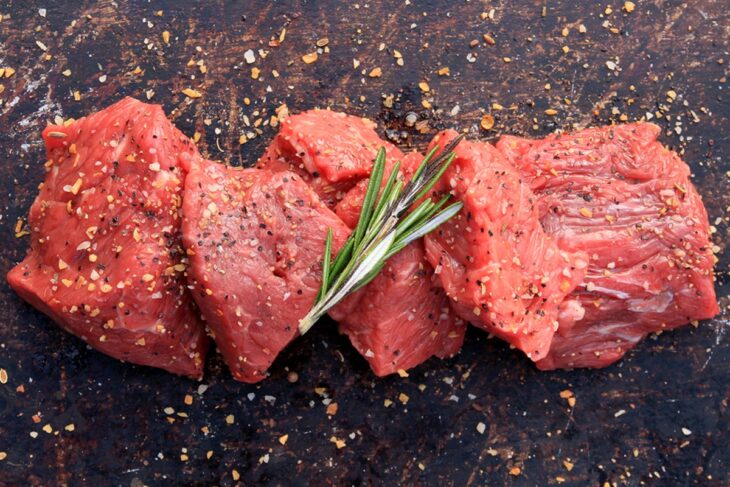
Source: tasteofhome
The shop types where you buy your meat cuts matter. Make sure that the meats are placed inside the refrigerator to maintain their freshness. Avoid getting meat that is wrapped with paper because they are prone to ruin. They should also be appropriately arranged according to cuts and meat classification.
Finally, fresh and healthy meat is achieved through the butcher’s cutting technique. If a butcher cares about the quality of the meat cuts, they should come in the same variety. More importantly, the size and thickness must be uniform.
Takeaway
Whether you are a weight watcher or a food lover, you must keep your foods fresh and healthy. It not only allows you to enjoy a good dish, but it also assures you that you’re taking in the right nutrition that your body needs. Thus, when you go to the market and buy your favorite meat cuts, don’t just go with what you like. Always look for the best ones if you can. Rest assured that the tips outlined above can help you purchase lean, fresh, and hearty meat cuts.
